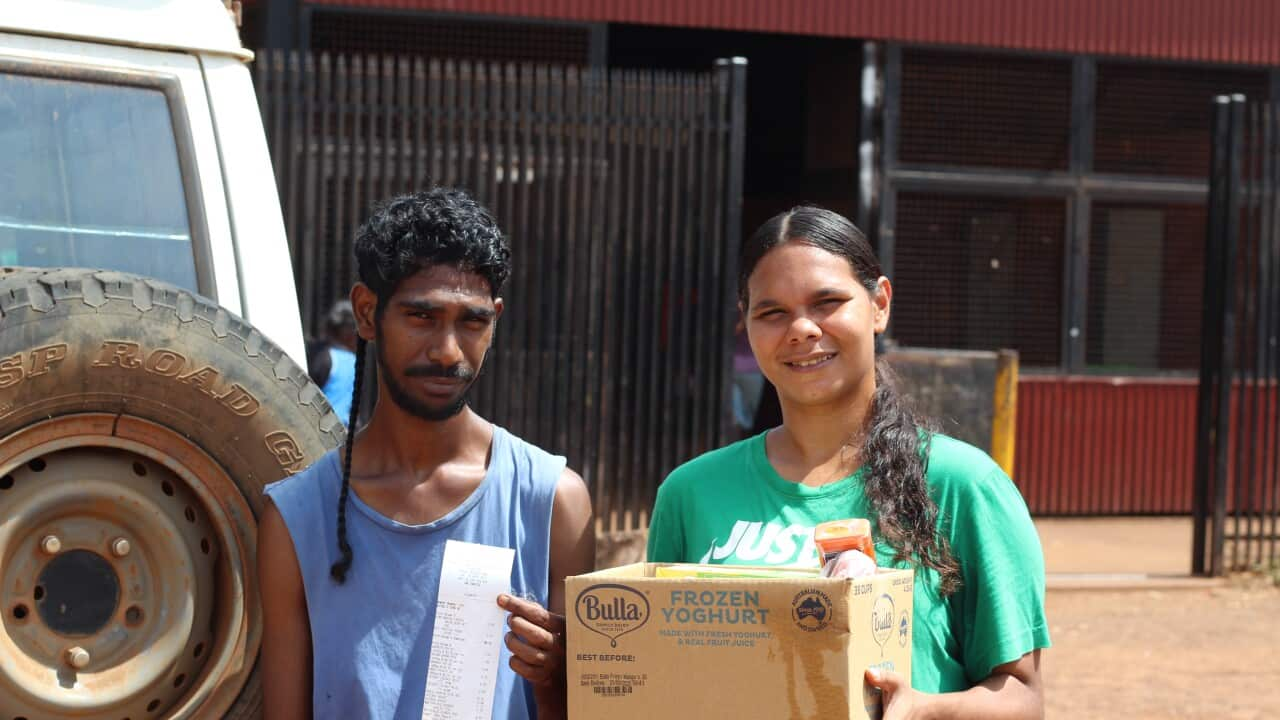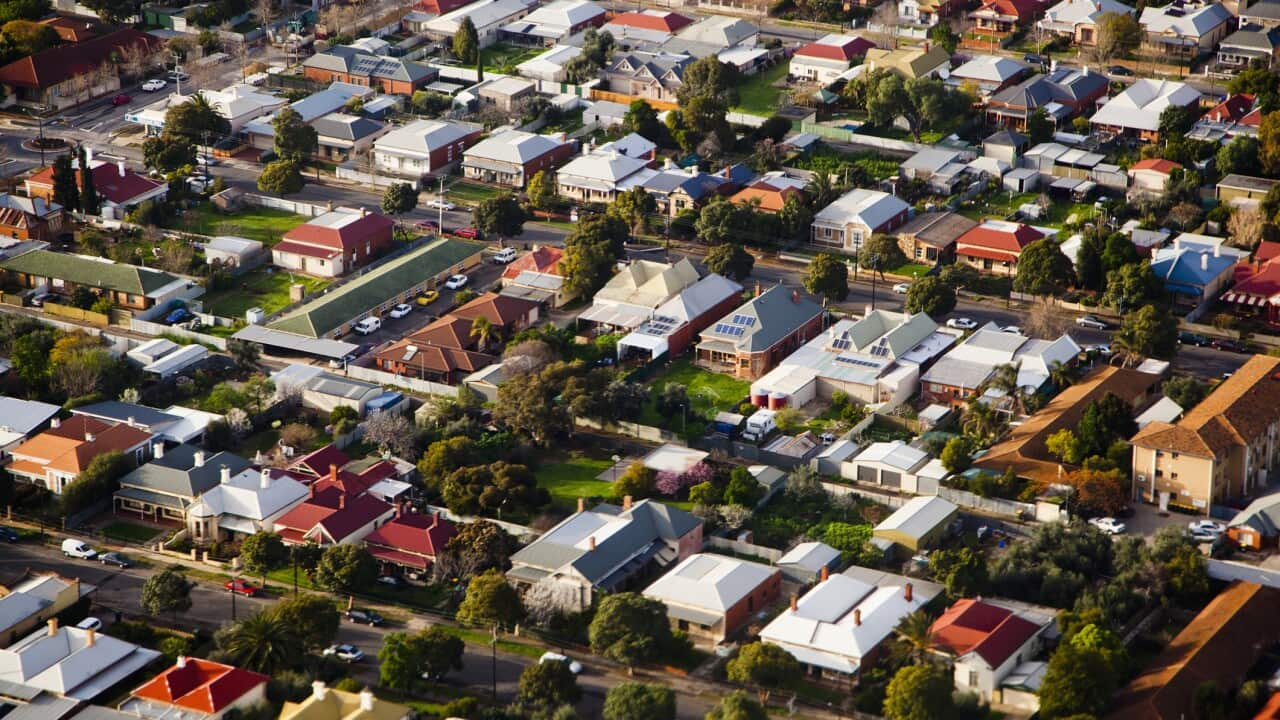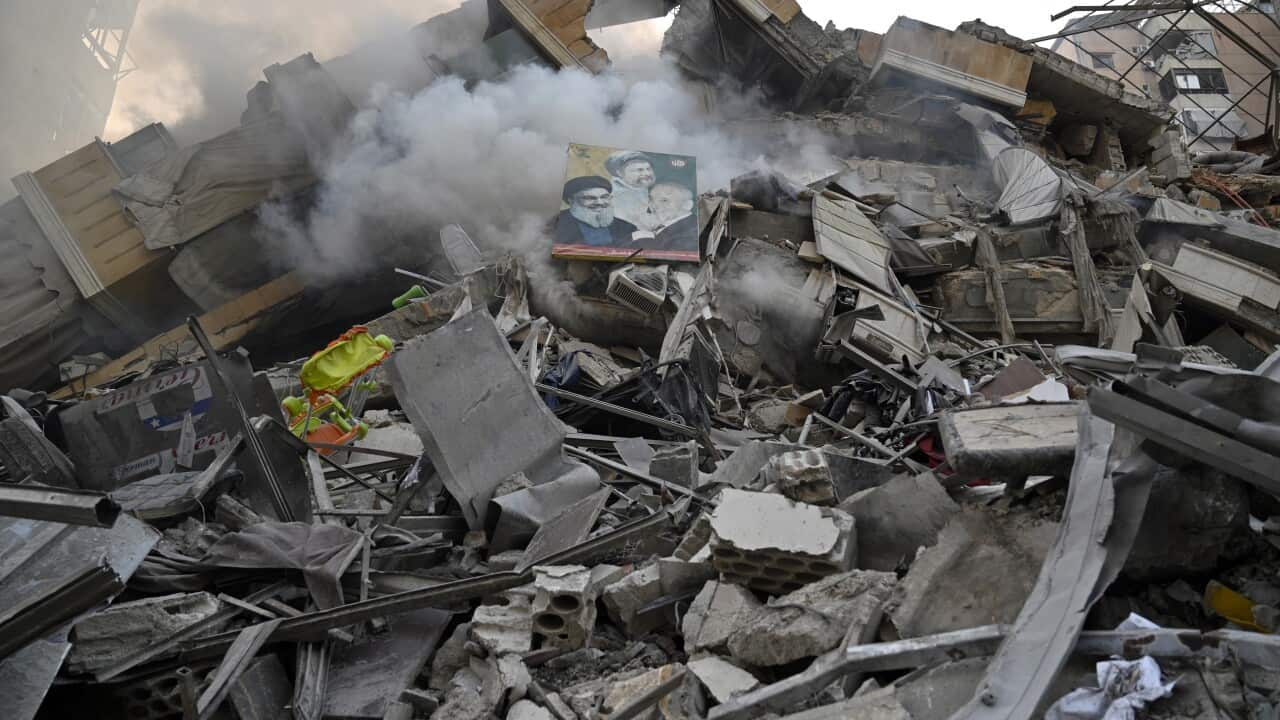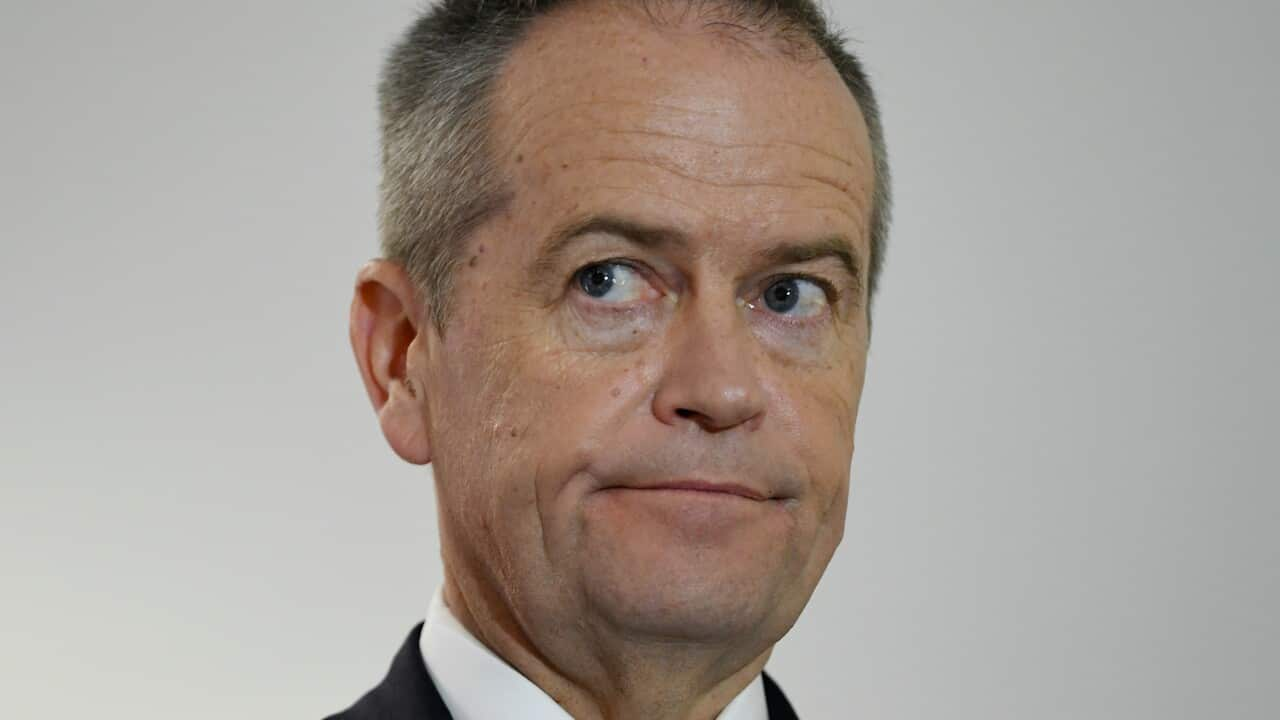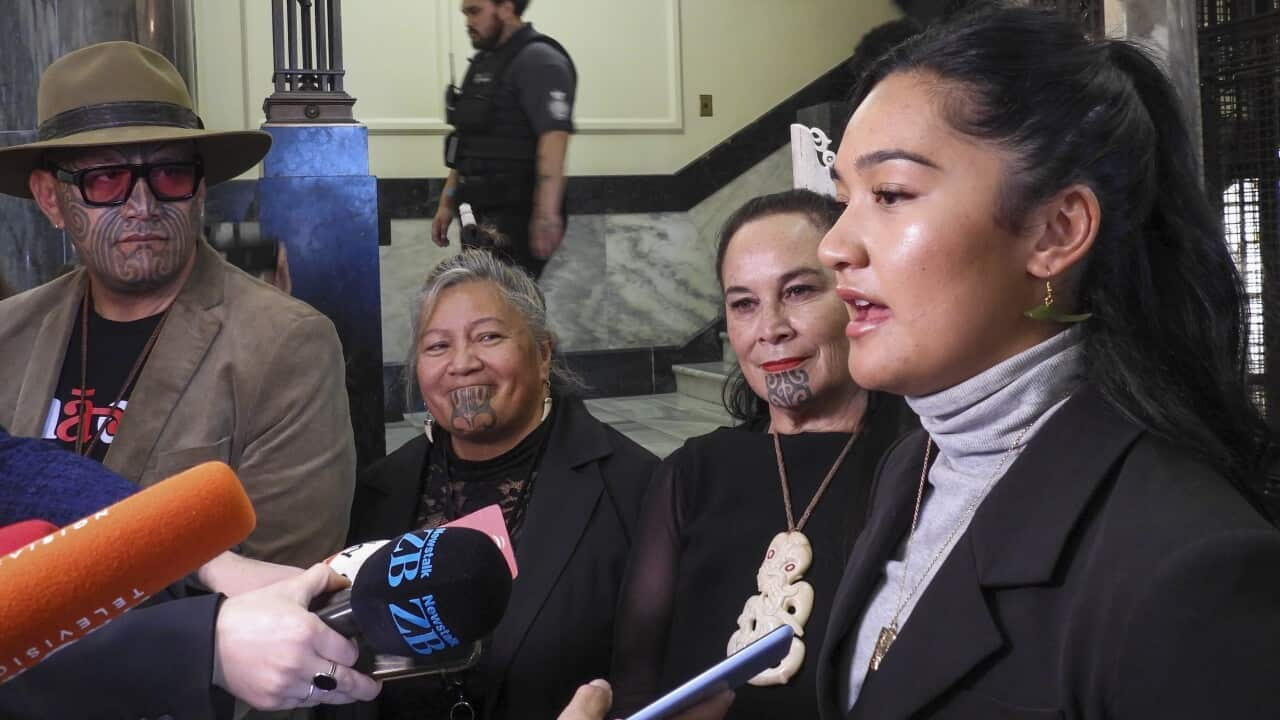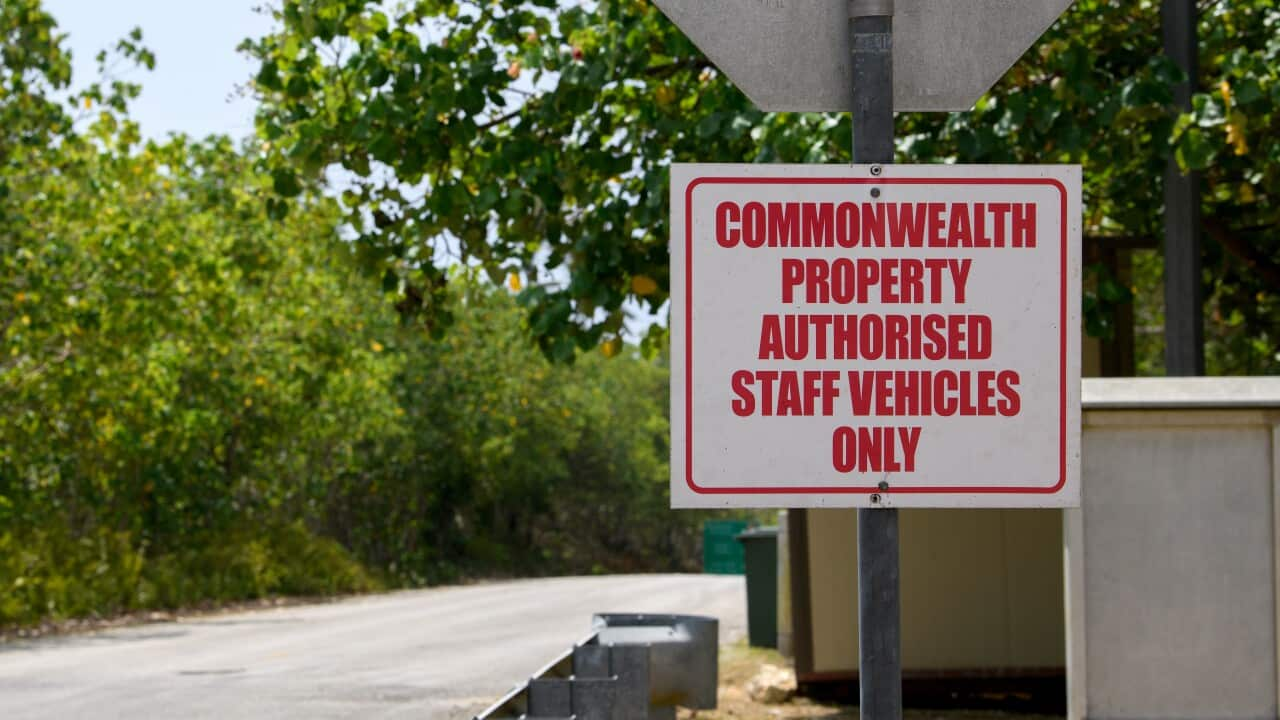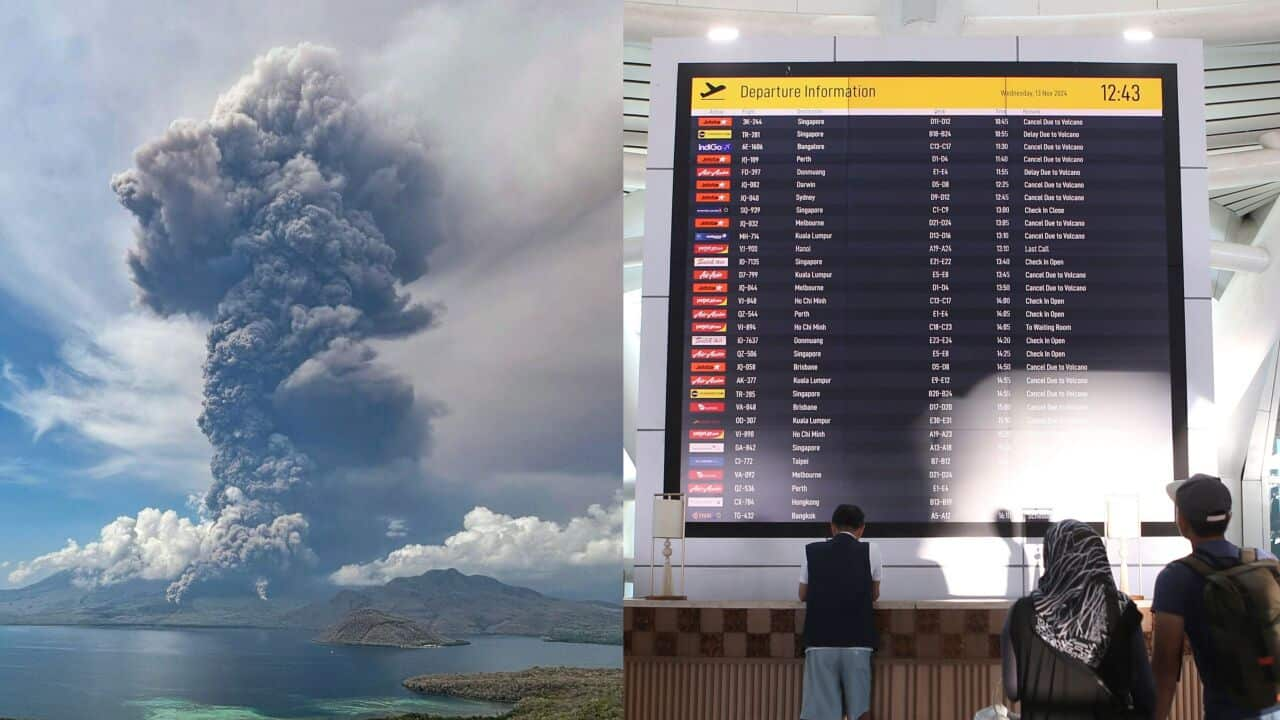Apples, carrots, breakfast cereal, flour, pasta, tea bags, cheese, milk and mince might seem like a simple shopping list of essential groceries.
But in some remote communities, these nine staple items cost a total of more than $100 dollars.
Consumer advocacy organisation Choice conducted an anonymous shop in four remote community grocery stores in Western Australia and the Northern Territory.
The WA stores were in the Great Sandy Desert and Pilbara regions, while the Northern Territory shops were in the West Daly area and on the Tiwi Islands.
Choice found the average price of a basket of 10 grocery items in these remote communities was $99.38 – more than double the cost of the same items in capital cities, where they were $44.70 on average.
The highest price for the items was in NT’s West Daly region, where the basket cost $110.82.
“If you’re on a low wage or a Centrelink payment, with a high cost of living, then you are making a choice between what meals you don’t have,” Mob Strong Debt Help financial counsellor Bettina Cooper told AAP.
“You don’t have a choice of shopping somewhere else.”
Choice journalist Jarni Blakkarly said the investigation highlighted food insecurity and high prices as significant issues in remote communities across the country.
“The price differences between identical items in remote communities and capital cities is pretty astounding,” he said.
Choice compared apples with apples and found, in capital cities the average was $4.87 per kilo, but on the Tiwi Islands $7.50 and at the West Daly store $9.10.
Tiwi Island resident Rosie told Choice she sometimes had to ask family or friends for help with grocery costs.
“I didn’t realise it was that much to support a little family,” she said.
“You want to be independent but you can’t because the prices at the shops are really high.”
The Australian government is currently developing a national strategy for in remote First Nations communities in partnership with state and territory governments and Indigenous health organisations.
In developing the strategy, the federal government released a discussion paper and held consultation sessions across more than 30 locations from June to August, with more than 400 people participating.
The discussion paper reported that healthy food in remote communities is often over 50 per cent more expensive,inconsistently available and of lower quality than in urban or regional centres, saying higher prices are primarily a result of lower commercial purchasing power and higher operational costs, including freight and repairs.
But the biggest issue is poverty.
In remote communities, 90 per cent of First Nations people live in households with an income similar to the poorest 16 per cent of all Australians.
“The combination of poverty and high food prices results in many remote First Nations households spending a large proportion of their income on food and contributes to stress about going without food,” the discussion paper says.
“Low-income households tend to respond by adjusting the food budget, decreasing dietary variety and increasing the consumption of cheap, energy dense foods such as takeaways and other quick convenience foods.”
The paper found that while data is limited, conservative estimates suggest approximately 31 per cent of First Nations people living in remote communities are food insecure.
These estimates can increase to over 80 per cent of First Nations people in some very remote communities.
“Access to affordable, fresh and healthy food is vital to everyone’s well-being and we know food insecurity disproportionately affects First Nations people living in remote communities,” Minister for Indigenous Australians Malarndirri McCarthy said in a statement.
“We are working with First Nations health organisations and state and territory governments to deliver a strategy that will improve prices, quality and availability of food and other essential groceries in remote communities.
“Helping Australians with cost of living is the government’s number one priority and that includes First Nations people in remote communities.
“We are also supporting remote stores to build their resilience in providing accessible and healthy food for their communities.”
Ms Cooper, a Boandik woman, said she had visited remote communities where prices were not displayed on some items – usually fresh fruit and vegetables.
“You’re not going to choose healthy options if you don’t know what it’s going to cost you,” she said.
“We want to have people with healthy diets and less blood pressure, less diabetes, less issues – give them the tools to be able to achieve that goal, not double the cost.”
Ms Cooper said governments could help reduce pressure on remote communities by subsiding freight and monitoring remote grocery prices.
“We’re not increasing Centrelink payments, wages aren’t going up with cost of living, there’s no opportunity to shop around – then we should be having price caps on basic essential items,” she said.
“If we’re serious about closing the gap and serious about giving my First Nations brothers and sisters a fair go, then we need to make sure we’re putting people before profit.”


